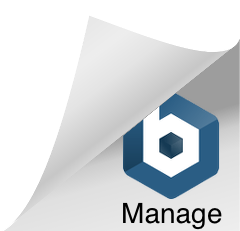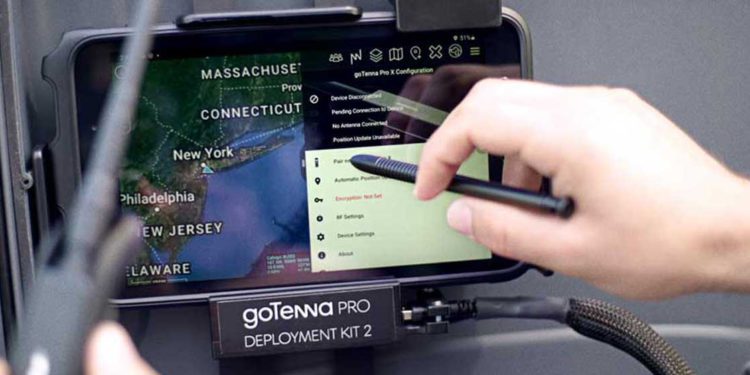
Video | goTenna Pro Deployment Kit 2 Tutorial
Now including a removable and ruggedized Samsung tablet, the goTenna Pro Deployment Kit 2 (goKit 2) can be used as an off-grid mobile command center to provide unprecedented situational awareness at the tactical edge. For more details or to request a virtual or in-person demo, visit: https://go.gotennapro.com/gokit2video.
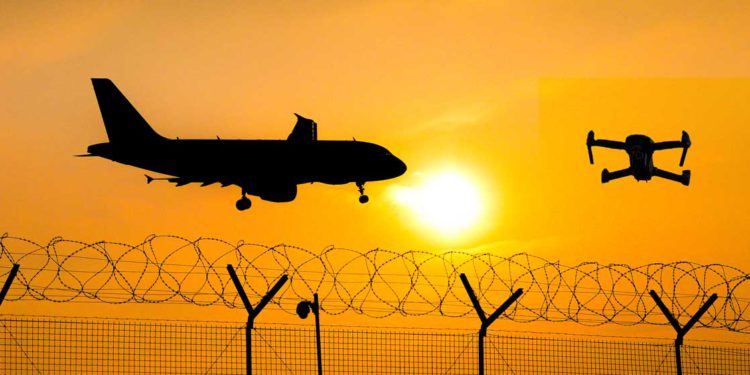
Malicious drones – the UAS threat facing law enforcement and military
Unmanned ariel vehicles (UAVs) – which are more commonly referred to as “drones” – are practically everywhere today. They’re used by tourists and hobbyists to take incredible photos. Insurance companies use them to inspect the damage to homes and businesses following a natural disaster. Companies like Amazon are even exploring
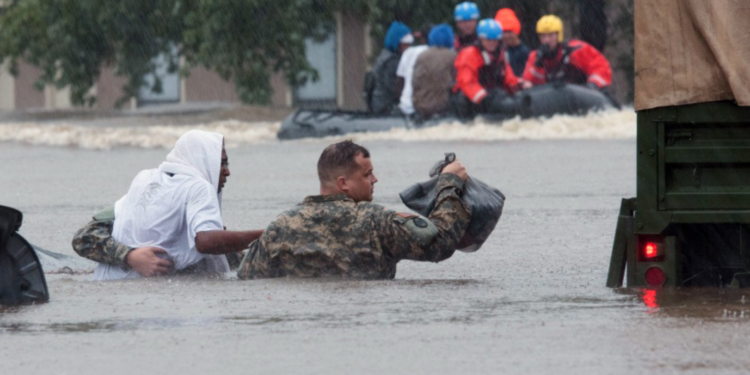
Mobile mesh brings it all together for the National Guard
When massive natural disasters strike our nation, or when other large emergency scenarios occur, National Guard units from across the country and representing multiple different states, will often be mobilized to respond. The nature of the National Guard and the work that it does can create some unique challenges when
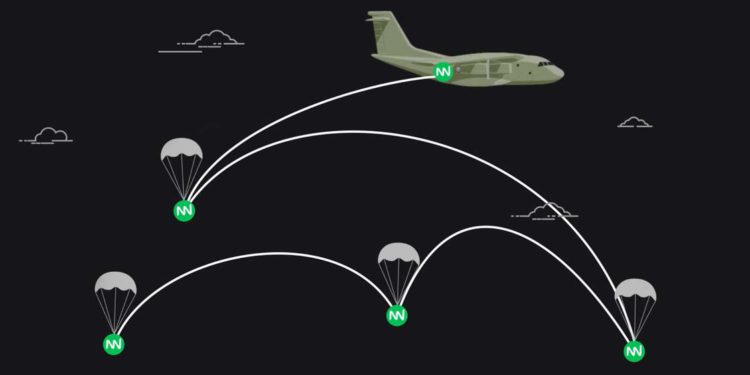
Video | How goTenna’s mobile mesh network connects air-to-ground operators and moving assets
By simply deploying a goTenna Pro X2 device with each tactical operator involved in the military freefall exercise, users can track each other on a map or send messages at a 5-second Position, Location, Information (PLI) rate. There are more benefits to mobile mesh for military freefall than simply providing
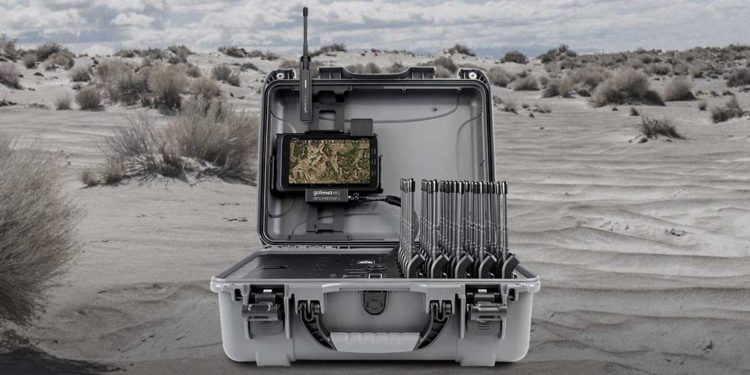
Conversations at SOFIC illustrate SOCOM in transition and in need of new solutions
Last month, the senior leaders and decision-makers from the Special Operations Forces (SOF) community came together with industry leaders and solution providers at the 2022 Special Operations Forces Industry Conference (SOFIC). This annual event is one of the most attended Special Operations-focused events of the year. It is the best
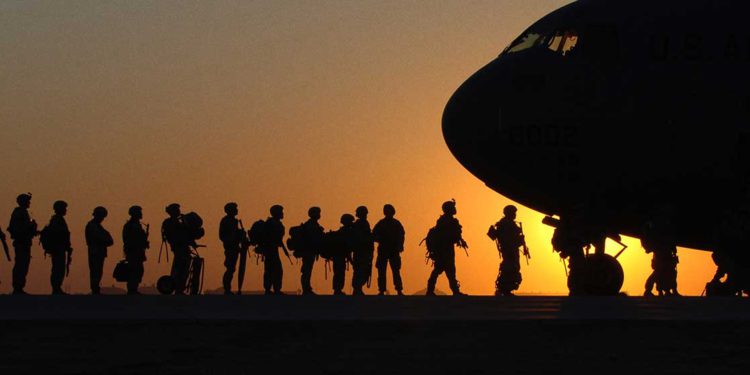
4 challenges startups face in the government marketplace and how to address them
The government acquisition landscape can be daunting for even the most well-established commercial enterprises and businesses. For a startup company, getting a foot in the government procurement door can be even more challenging as businesses in their infancy struggle to take on the required overhead expenses of adding seasoned government
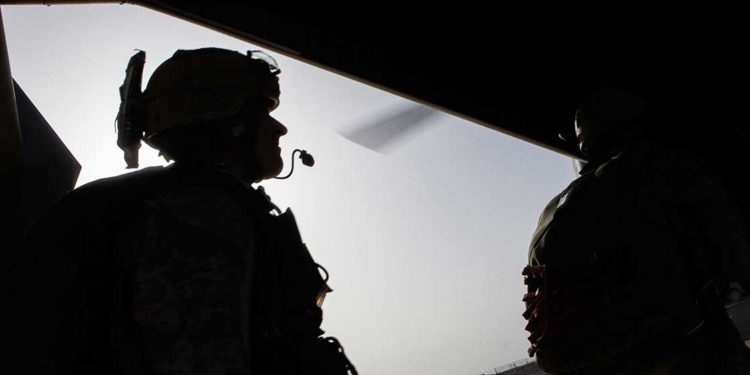
SYANS on the growing role mesh networks are playing within special operations
No matter if it’s a warfighter deployed on a special operation in an off-grid environment, or an emergency responder in a dense urban area with weak cellular connectivity, having reliable means of communication and situational awareness is critical for a mission to be executed successfully. But in these environments where
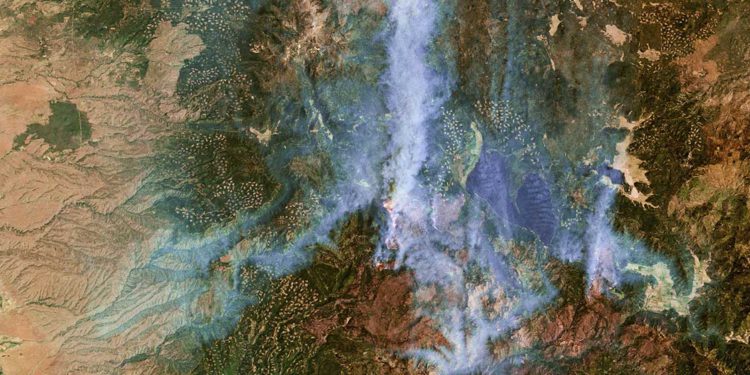
How federal legislation and new technologies will benefit wildland fire response
In July 2021, California experienced its second-largest wildfire in history – the Dixie fire. It ignited in the dense forest of Plumas County, and in the weeks and months that followed, it burned through more than 963,000 acres across five counties, destroying 1,300 structures and leveling the town of Greenville.
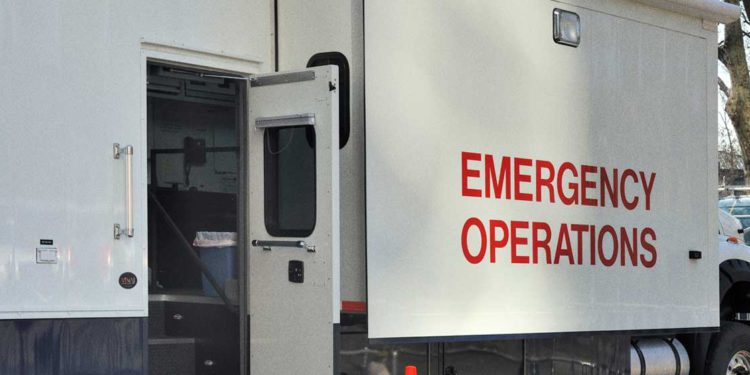
Why the first 15 minutes after a disaster are the most critical
Whether an 18-wheeler containing hundreds of pounds of hazardous material crashes on a highway or a category 4 hurricane hits a coastal town leaving a trail of devastation in its wake, the first 15 minutes after a disaster are by far the most critical in any response operation. While each

3 mesh network use cases for wildland fire deployment
In the past three years, the U.S. government has set aside nearly $3.3 billion for the bolstering and modernization of our nation’s wildland firefighting capabilities. These funds have arrived at a critical point in time as government agencies face the compounding effects of climate change that are contributing to longer



